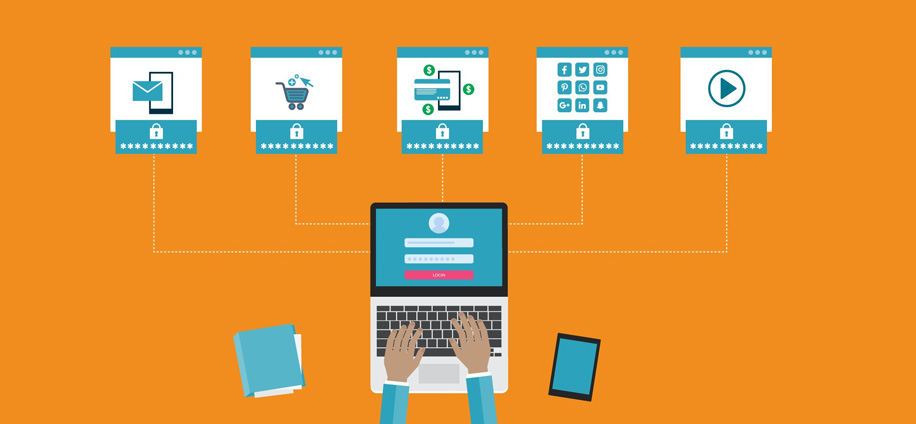
Accessing the dark web requires specific tools and precautions to ensure privacy, security, and anonymity. While the dark web itself is not illegal, it can be a dangerous place if you are not properly protected. Below are the essential requirements you need before getting started.
A standard computer can access the dark web, but for security and anonymity, using a separate or dedicated device is recommended.
To safely access the dark web, several essential tools must be installed.
Ensuring security is crucial to prevent malware infections, phishing attacks, and tracking attempts.
To stay anonymous and secure while browsing the dark web, follow these guidelines:
Accessing the dark web requires careful preparation, secure hardware, and privacy-focused software. Using tools like Tor, VPNs, secure operating systems, and strong antivirus protection can help you stay safe. Following best practices, such as never using personal information and avoiding suspicious downloads, is essential to ensuring anonymity and avoiding threats.
By following these steps, you can explore the dark web with enhanced security and privacy while minimizing risks.
